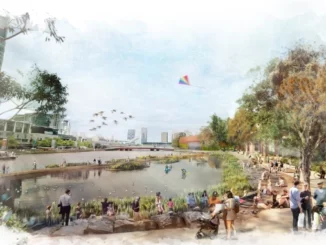When I announced to my family, at the age of 14, that I was interested in pursuing a career as a landscape architect, it not receive the joyous response that I had envisioned. After a free-range childhood spent playing in the woods, building islands and waterfalls in a nearby creek, and investigating nature under every rock and rotting tree trunk, discovering that I could build an entire career from these juvenile amusements was nothing short of an epiphany. So when my grandmother’s first question was, “so what are you going to do in the winter, drive a snowplow?” I found myself unprepared with an educated response, and also somewhat deflated. In the process of discovering landscape architecture, I was in awe of the incredible range and scale that the profession could offer, and its unlimited potential to do something big. Like “change the world” big. Why didn’t everyone else see what I saw? Over the years, most of my family began to understand what landscape architects do (or at least dutifully nodded their heads in agreement). Even my grandmother’s questions evolved. Soon she was asking me “why won’t my hydrangeas turn blue?” (not enough acidity in the soil, Grandma) and “why are there dead spots in my lawn?” (stop letting the dog pee there all the time, Grandma). Clearly I wasn’t able to educate an 84 year old about all of the intricacies and complexities of our profession. But nevertheless, it is something we must all strive to do every day. We must yell from the rooftops, engage in the sciences, stand up and lead, run for political office, and (as politely as possible) correct people when they refer to us as landscapers.
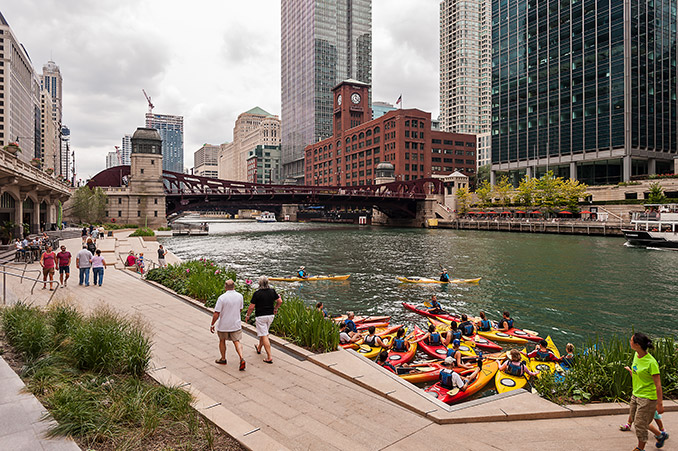
Sasaki & Ross Barney Architects – Image ©Christian Philips
Obviously landscape architecture is more than one sentence will ever be able to convey, but putting a finger on exactly “what” it is can be elusive. I’m lucky in that I work with a team of incredibly smart landscape architects every day. So I asked them to summarize what landscape architecture is to them. What I learned is that none of us can seem to agree on a simple definition. I think that’s a good thing. Landscape architecture is complex– a diverse and collective “hive mind” that requires– no, demands– collaboration. Like doctors, we can be generalists or specialists, but always will rely on and build upon the knowledge of others. We seek expert opinions, whether they are from allied professions or from the very communities our designs will serve. We strive to know more, whether it is about how ecosystems have evolved since the advent of the Anthropocene or what permeable paver performs best. We test, research, document, share, and communicate. And we do it together. That’s the best thing about this profession– the idea that we are a community with a shared responsibility as stewards of both the human and environmental virtues of the planet, building upon our collective knowledge as we go. Or, as my colleague Joe Hibbard put it, as landscape architects, when working together we have “an opportunity to change people’s lives.”
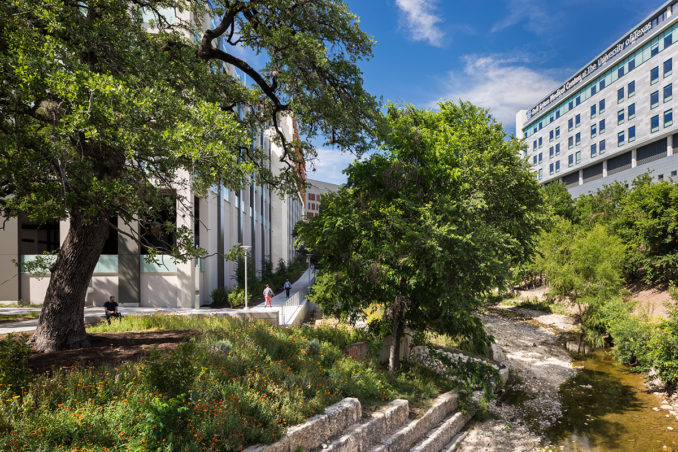
I think changing people’s lives is a good place to start. We can change lives by being nurturing and compassionate educators. Or by building public spaces for communities to engage and thrive. Or by improving water quality and air quality. There are so many ways that we as landscape architects can impact people’s lives. My colleague Anna Cawrse really hit it home for me when she said that landscape architecture “negotiates the complexities of social and environmental challenges to create public spaces that respond to both existing pressures and future conditions. From a social perspective, these spaces do not know gender, race, age, or religion. Instead, they bring people together to connect with one another on a democratic stage.” Yes! Overt and intentional thinking about how landscape architects should be at the forefront of addressing diversity and inequity in our communities is critical, yet all too often overlooked. Let’s face it, we are a profession of mostly white suburbanites (like me). It’s time to up our game and prioritize design for underserved communities, and hopefully inspire a generation of kids from those communities to become landscape architects themselves.
My colleague Binbin Ma had another interesting observation when he said that “we should honor Olmsted’s legacy, and try our best to reconnect people with the natural environment, especially in urbanized areas where people are deprived of access to nature.” But then he said something bigger, that landscape architects should “expand our practice to new areas including the future of urban infrastructure, new models of energy, and food security and production.” Binbin was hinting that we aren’t challenging ourselves enough. That we need to be doing more.
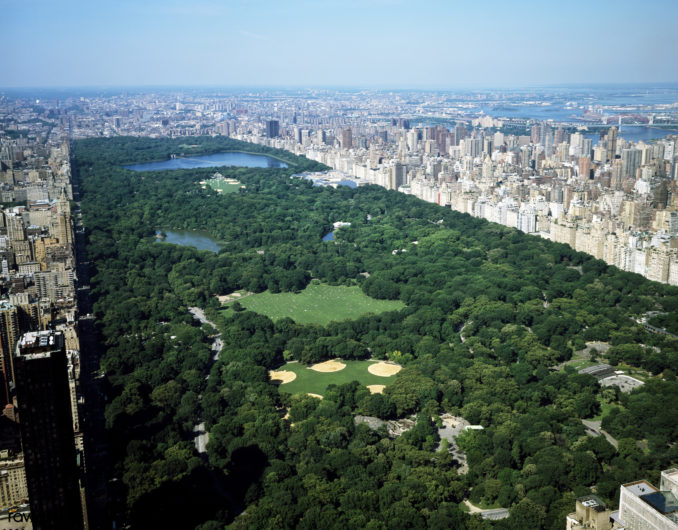
This idea of how we as humans interact with nature was a common theme amongst my colleagues, as was the idea of breaking beyond our existing comfort zones and challenging convention. Chris Hardy summarized that landscape architecture is “an opportunity to challenge the Anthropocene with creativity and optimism for a more resilient future.” The idea of placemaking and placekeeping while simultaneously designing for change is also something that landscape architects need to address more purposefully. Ponnapa Prakkamakul believes that, while landscape architects have a responsibility to design spaces for humans to “explore and discover their relationship with the surrounding environment,” we also must be more empathetic listeners and create culturally resonant places “that allow for stories to pass from generation to generation.” Taking this sentiment further, my partner Tao Zhang believes that we have a duty to “lead the public discourse of our shared future in the common environment.” In his mind, landscape architecture is “not just a profession per se, but rather an array of actions that are mindful of the ecological health, environmental aesthetics, and social equity of living space.” Diana Fernandez suggests that landscape architecture is a societal construct– “a manifestation of ideals in the way we shape and work our landscapes for human purposes,” and that we must “design for a diverse planet from a habitat and biodiversity standpoint, as well as a planet for people of all backgrounds and experiences.” Again, the blending of our shared humanity with a responsibility to be stewards of the planet. Or, as Anna Cawrse puts it, “the weaving together of social and environmental systems to help us fight climate change and social injustices.” Working in the imaginative realm where social science and natural science overlap, Anna believes that it is our calling as landscape architects to “provide a voice for all people in the creation of our collective environment.” While my colleagues’ definitions are tangentially related but also quite divergent, I agree with all of them. Landscape architecture isn’t, nor should ever be, easily distilled. It would be a bit like calling Beethoven a piano player.
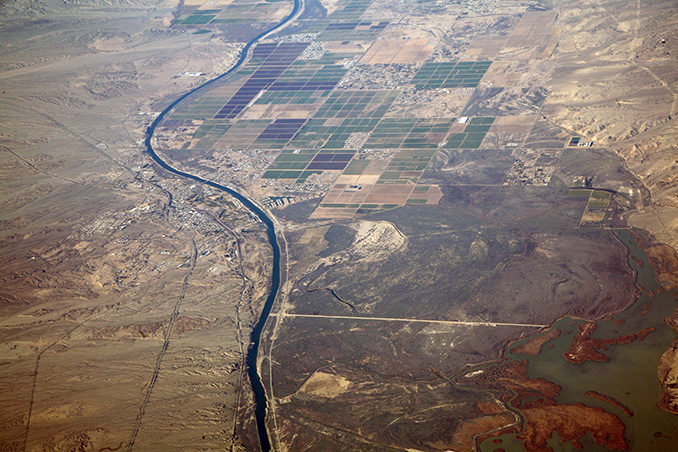
I wish Grandma was still around to read this. She probably would have asked, “what the heck is an Anthropocene?” But I also know that she was a rational and open-minded person who would have advocated for addressing inequity and understood that climate change is an existential crisis. In fact, she would have demanded that “we get a bunch of landscape architects together to fix this mess we’re in.” We’re trying, Grandma. And I think you’d be proud of what we’re doing.
A response from the team at Sasaki, edited (and embellished) by Michael Grove


